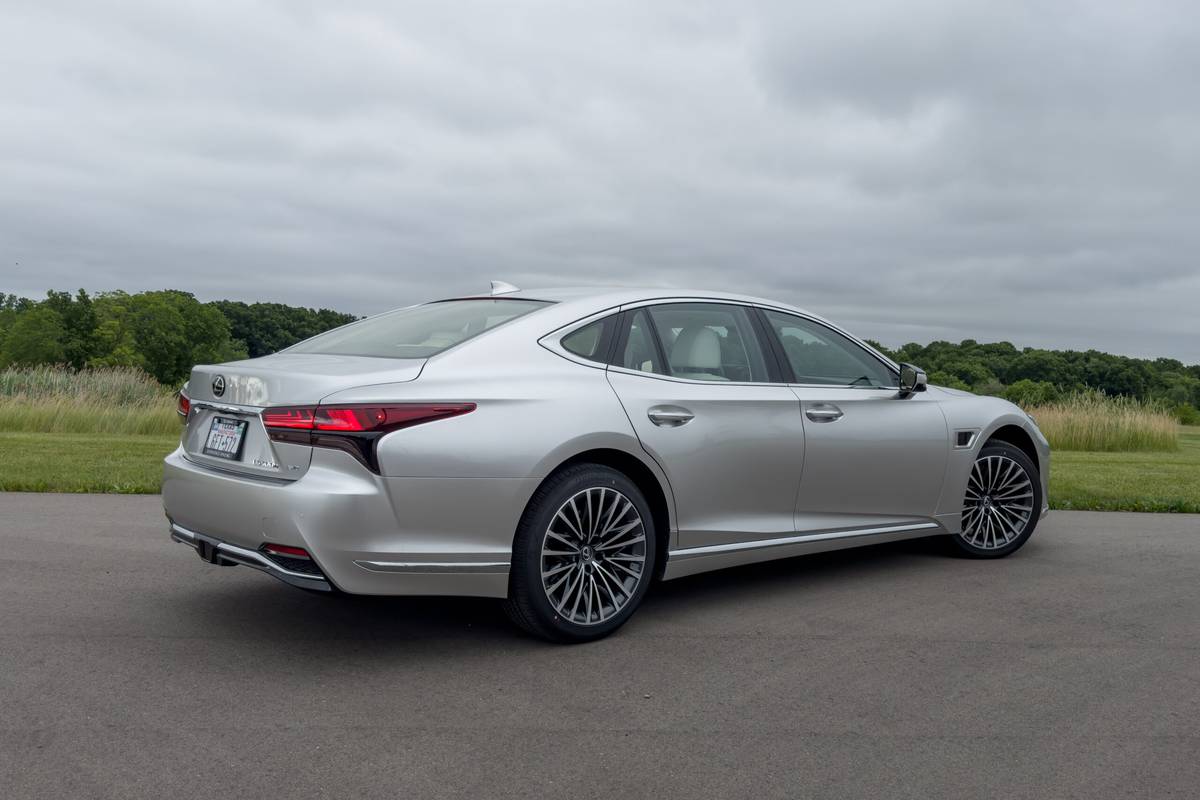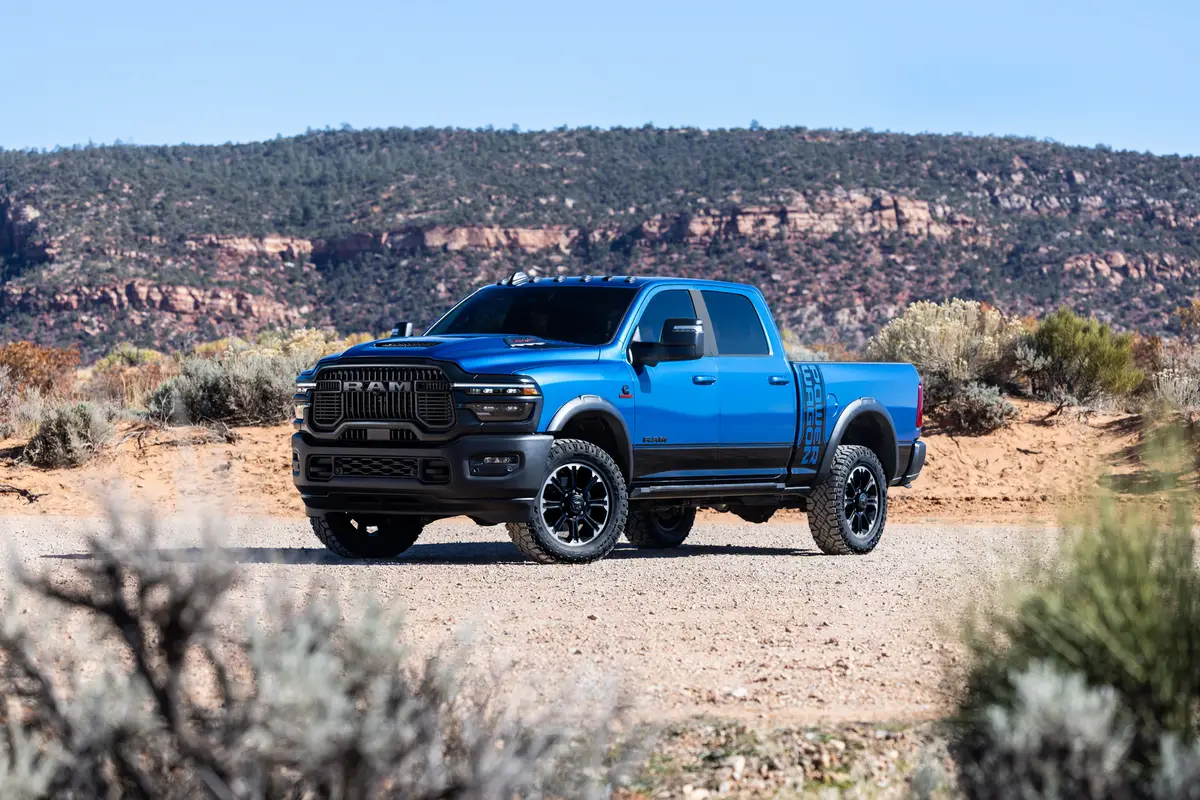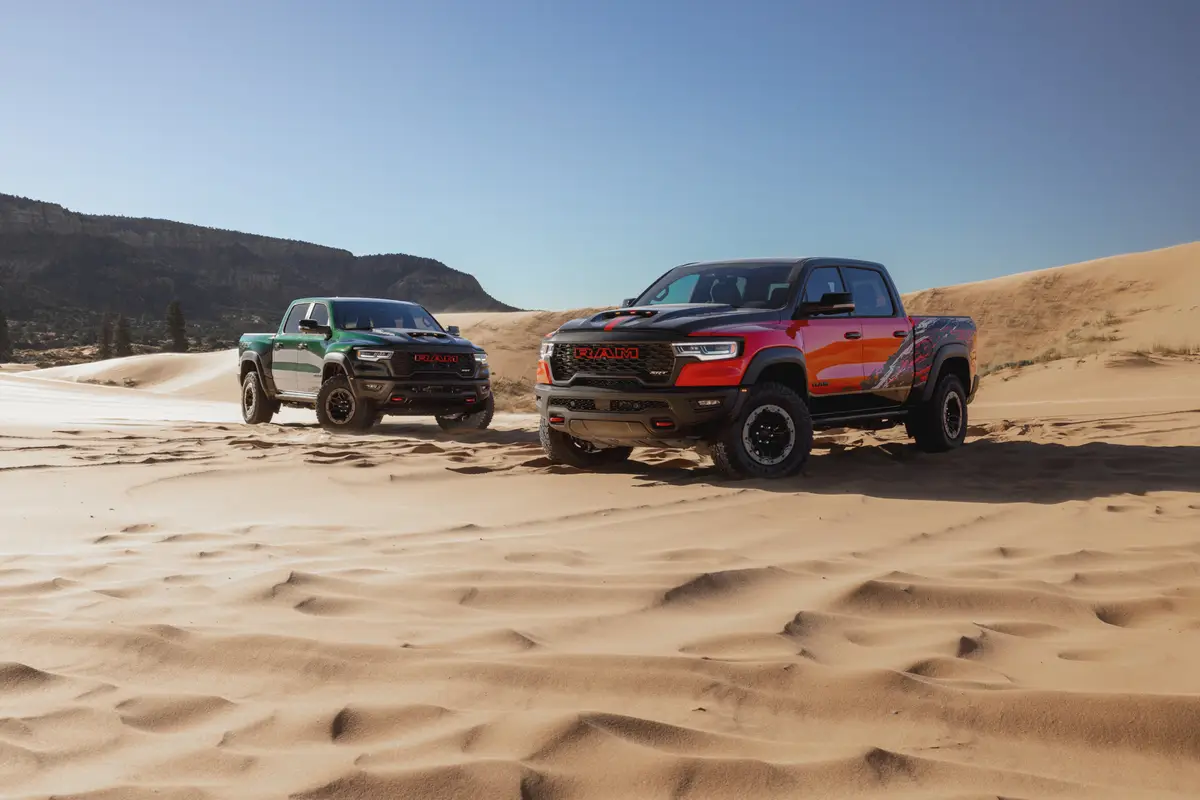Cincinnati.com's view
Sometimes a surprise can be delightful, albeit humbling. Such was the case with this week’s guest, the Chevrolet Venture minivan. I’ve driven this nameplate frequently since it first evolved from the predecessor Lumina some five years ago, so I was ready for a week of tedious refresher course. Ah, what a pleasant series of revelations it turned out to be. The wine did not turn to vinegar, but rather has aged like a fine port.
The Venture, which shares a factory with the remarkably similar Pontiac Montana and Oldsmobile Silhouette, got what amounts to a makeup freshening for the 2001 model-year run, with new front fascia and grille. It’s now available in black, and a power sliding driver’s side door is optionally available. The OnStar system is now standard and – note the climactic order here – there’s now an instrument-panel-mounted cupholder! Nearly as significant, perhaps, is the addition of a sonar system to aid in backing this big ship.
Most importantly, Chevy engineers have fine-tuned the suspension to the point where the Venture is halfway fun to drive – which, in the minivan segment, is lavish praise. As with any trucky vehicle, the array of choices is daunting. For openers, the Venture is offered in five trim levels: Value, Plus (base), LS, LT and Warner Bros. Edition.
The Value Edition starts at $20,975. For that you get a short-wheelbase machine with the same powertrain all the others have, bench seating for seven people, air conditioning, tilting steering wheel and an AM-FM radio. More equipment and better trim bits are added as you go up the price scale, culminating in the Warner Bros. Edition (base price: $30,315), which is what Chevy deigned to make me live in for a week.
I don’t really understand the Warner Bros. thing; it’s one of the odder affinity marketing schemes I’ve witnessed. There’s an almost indecipherable WB logo on the front doors, whoop-de-do, and the occasional picture of Tweety Bird in the product literature, but that’s it. The important thing is it gets you an audio-visual system that could prove a lifesaver on family trips.
Parents of the very young will instantly recognize the value of a fold-down LCD video screen placed centrally just aft of the front seats. (The lawyers made GM advise you shouldn’t try to watch it while driving; I agree – it could cause a severe crick in the neck.) There’s only one thing that can keep crumb-gobblers transfixed for long periods of time and that’s color video. It’s fed by a videocassette player located at the bottom of the dash, so some measure of parental control is possible.
If the rear-seat prisoners, er, passengers are a bit older, there’s another feature that is golden – wireless headsets! With two independent audio channels, the folks up front can rock to Rachmaninoff from speakers while those in second and third class groove on MegaDeath. Technology to the rescue, with a solution that’s the next best thing to ha ving only dogs, I’d say.
The LCD screen is smallish but bright and crisp and, considering the range, quite viewable. It is comparable to the seat-embedded screens available on some airliners.
The regular-wheelbase Venture’s axles are separated by 112 inches, which puts it in the range of large cars. The extended-wheelbase’s are eight inches farther apart. Overall length of the regular is 186.9 inches, which is shorter than most midsize cars, so garaging is a non-issue. The stretch picks up some rear overhang and is 200.9 inches long, comparable to a large car. Both stand about 68 inches high, so they’re not overwhelming as a comparably-capacious SUV tends to be.
Power comes from the familiar aluminum-over-cast iron 12-valve V-6. It is rated at 185 hp and 210 foot-pounds of torque. That doesn’t sound overabundant for a machine that, with driver, goes better than two tons, but I timed it at less than 11 seconds 0-60 and the subjective feel – lightly loaded, y – was quite perky. The engine in the test vehicle might have been “breathed on” – it felt brawnier than some other GM 3.4s I’ve driven lately. Still, it might be stretching a point to invoke the full 3,500-pound nominal trailering weight, especially since this is a front-wheel-drive machine; as a passenger hauler it does nicely.
The transmission is an excellent four-speed automatic overdrive. It shifted smoothly and rapidly, and was geared aptly enough, with a fairly high overdrive ratio (0.71:1) for economical freeway flying.
The EPA mileage estimates for the Venture are a creditable 19 city, 26 highway. I logged 23.6 in suburban and rural driving. The engine accepted regular fuel graciously.
Handling was surprisingly good for a tall, long boat, with relatively fast steering and a resolute sense of holding to a course on the freeway. Ride quality with the optional, beefed-up “touring suspension” was so good that I’d be leery of the standard “soft ride” setup.
Even over highly irregular roads, taken a wee bit fast, there was little chassis flexion and no moaning or groaning, signs that the Venture is tightly screwed together. There was an occasional rattle from one of the aft seats, but that’s pardonable because they make up for it by being removable.
The Venture’s brakes (discs – drums) were not as large as those on some sporty cars and it showed in fairly long stopping distances and noticeable fade after three successive high-rate stops from 70. The antilock purred as it did its job.
The extended Venture in LS and LT forms can be configured as an 8-place transport; the WB edition has only 7 seats. When all the second- and third-class seats are removed, you have a cavernous 140 cubic feet to work with, 100 inches long and, Home Depot regulars, 48.3 inches between wheelhousings. With two sliding side doors, that’s marvelous versatility.
The driver-side power sliding door is a mid-year option, and the tester did not have it. This allowed me to judge that it could be operated manually with minimal effort, even on a slight grade. The power option is a lot of fun, though (drove the dogs nuts), and handy if you’re burdened with packages.
The sonar backing aid is a nice feature; Chevy engineers would do well to crib from Ford and BMW.
The National Highway Traffic Safety Administration crash-tested a 2000 Venture and awarded it, on a five-star scale, four stars for frontal driver protection, three for co-pilot frontal protection, and five stars for both front- and rear-seat side impact resistance. The Insurance Institute for Highway Safety gave the Venture and its sibs poor ratings in almost every category. Its tests involve frontal offset crashes at 40 mph, which is tougher than the government standard, and the vehicle tested was a ’97 model; there may have been some improvements since then. Consumer Reports predicts reliability of the Venture will be far worse than average, although its readers graded the 2000 model well above average in most categories.
The Warner Bros. Equipment group includes the entertainment features mentioned above plus power windows, remote keyless entry, cruise control, deep tinted glass, passenger-side power sliding door, rear parking aid, 7-passenger seating with leather trim, aluminum wheels, roof rack, overhead console, driver info center, dual air conditioning, power driver’s seat and an alarm system. A trailering package ($570) added a different suspension, heavy-duty cooling, automatic leveling plus an air inflator tap, touring tires and traction control. For another $300, the tires were made self-sealing types. With freight, the total was $31,815.
“The Gannett News Service”
Latest news



